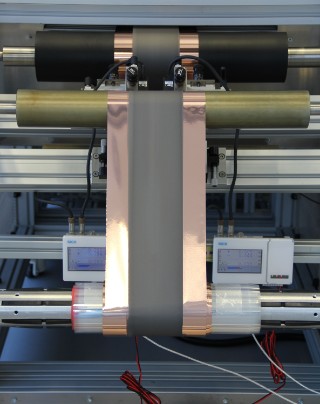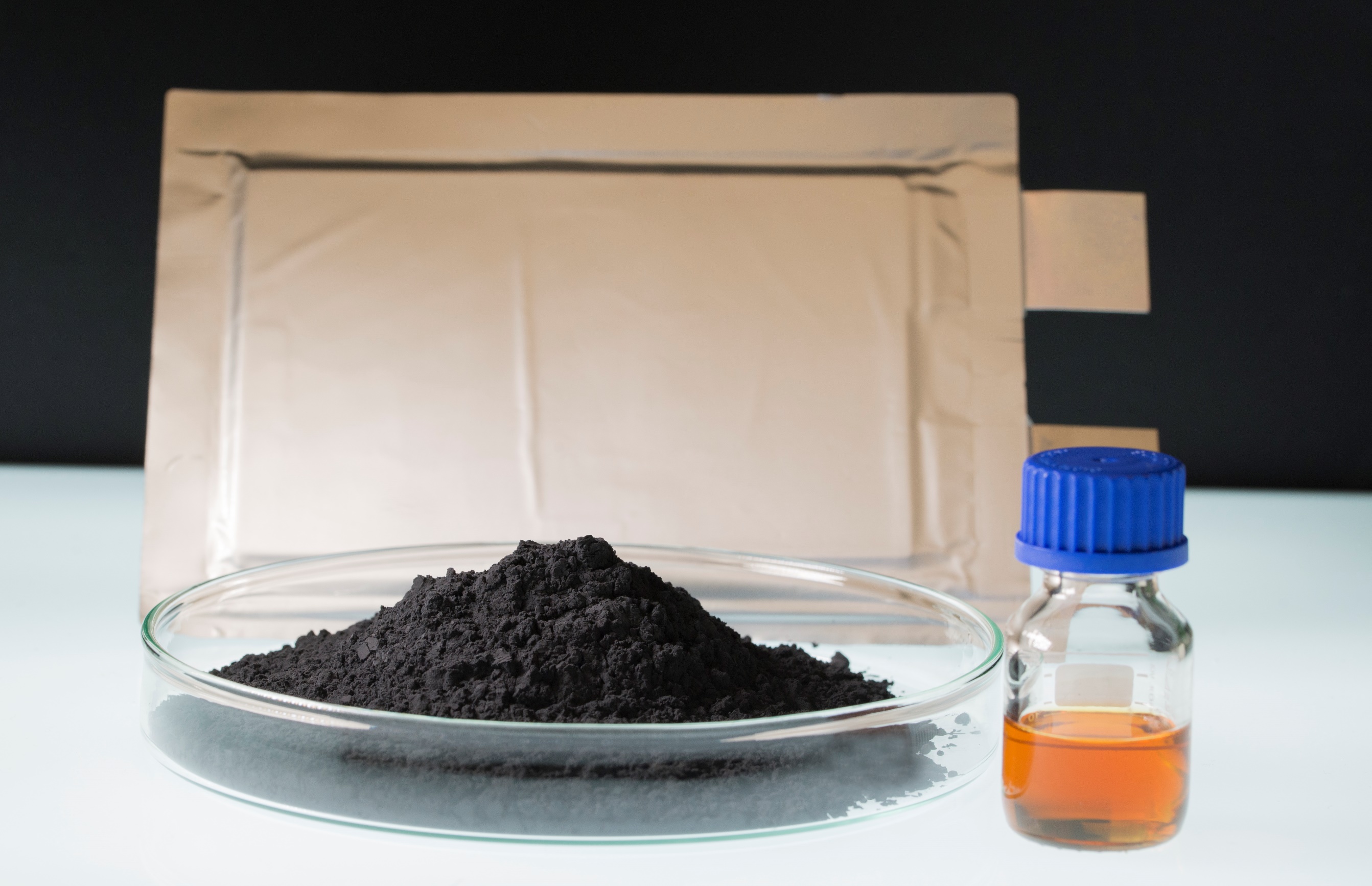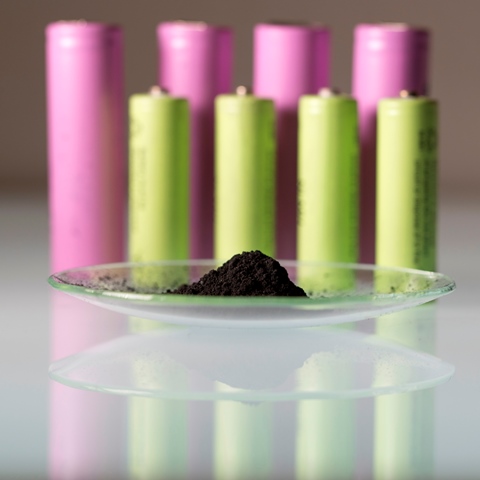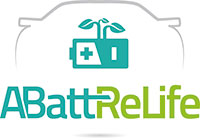
The Cooperative Research Project FLEX-G started on June 1, 2017 under the federal construction technology initiative named ENERGIEWENDEBAUEN funded by the German Federal Ministry for Economic Affairs and Energy (BMWi, funding reference 03ET1470A). The main goal of the research project is to investigate technologies for the manufacturing of translucent and transparent membrane roof and façade elements with integrated optoelectronic components. The focus lies on a switchable total energy transmittance (often referred to as the solar factor or solar heat gain, and “g-value” in Europe) and on flexible solar cell integration to significantly contribute to both energy saving and power generation in buildings.
more info



